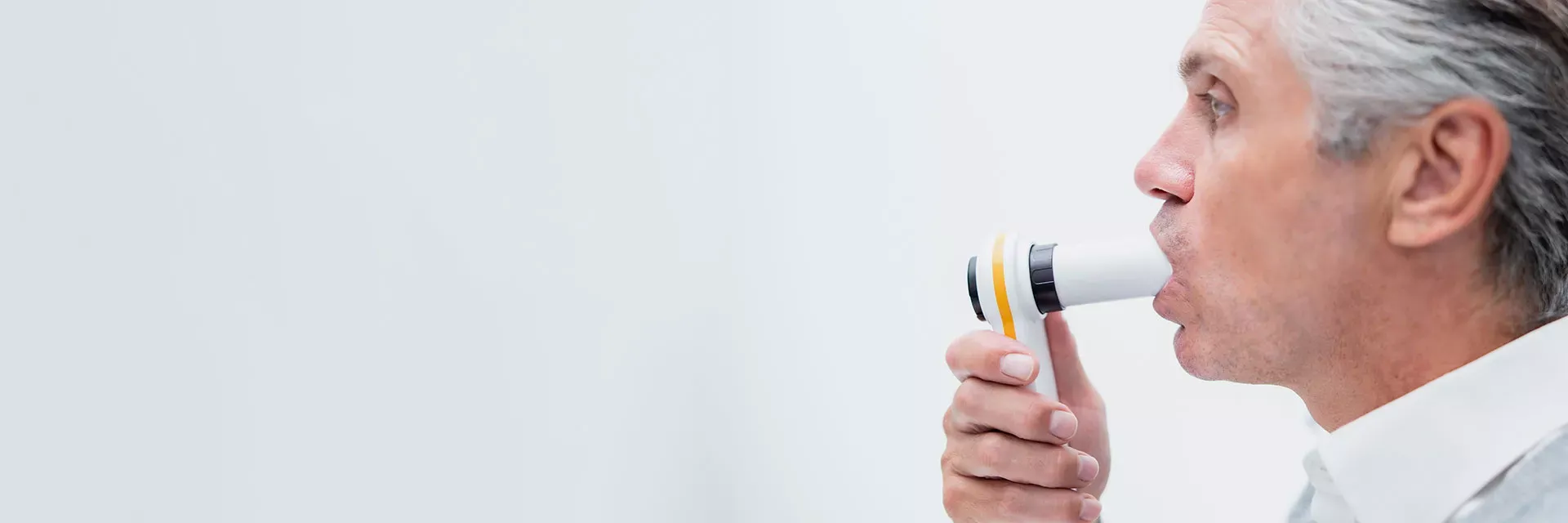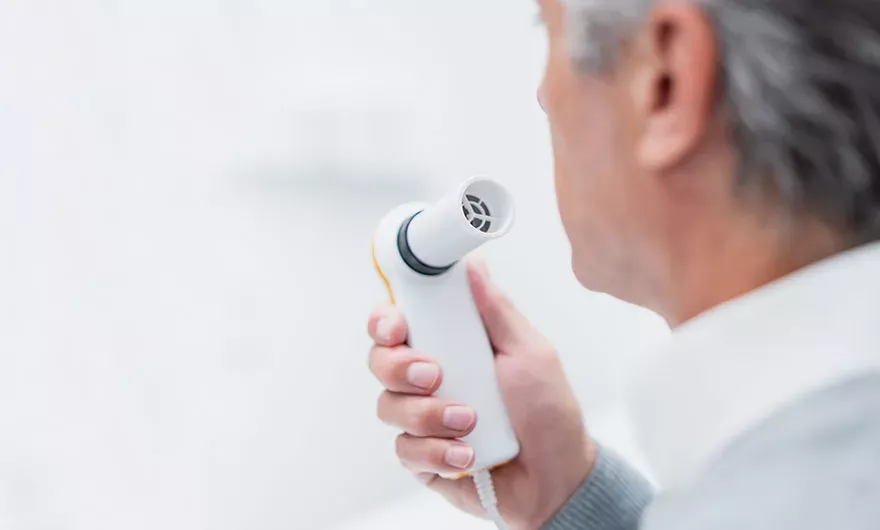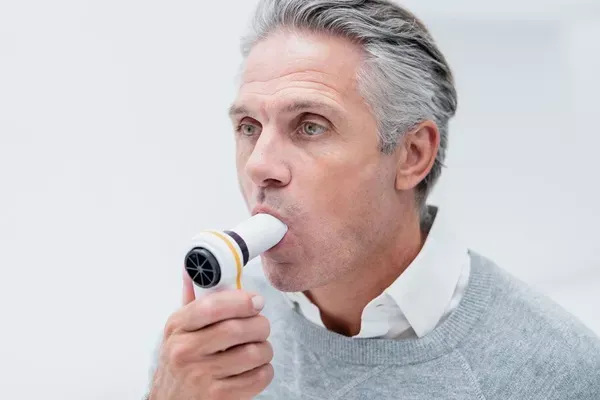
Spirometry training
Occupational spirometry courses providing theoretical, practical, and interpretational skills for workplace respiratory testing.
Spirometry courses
Our spirometry courses cater to both new and current healthcare and occupational health professionals. Offering practical instruction on how to accurately perform, interpret, and understand spirometry tests to measure lung function. The goal is to raise competency and confidence, ensuring both clinical accuracy and patient safety. Supporting the monitoring and management of respiratory conditions.

1.5-day competency course
8.35 CPD Points
Our one-and-a-half-day course is for those with spirometry experience. The course focuses on the theoretical and practical aspects of spirometry measurements, along with pulmonary function test results interpretation.
This option includes a written and practical exam taken on the second day. The exam is based on content delivered on the first day.

1-day refresher course
5.75 CPD Points
Our one day refresher course is the perfect add-on for those needing an annual update. The course covers all aspects of occupational spirometry measurements and interpretation.
This option is ideal for those who already perform spirometry in the workplace. It helps them stay up to date on the latest standards and best practice. We also suggest this option for people who have already completed our one-and-a-half-day competency course.
Learning outcomes
By the end of each audiometry course delegates should be able to:
- 1. Prepare the protocol necessary for consistent spirometry assessments.
- 2. Obtain accurate and technically acceptable spirometry results within the guidelines of the BTS (British Thoracic Society) and NICE.
- 3. Understand the Volume/Time and Flow/Volume graphs.
- 4. Understand the criteria before interpreting any spirometry results.
- 5. Identify any abnormal spirometry results.
- 6. Identify different disease patterns from the shape of the curves of lung function graphs. Along with the affected parameters.
- 7. Understand the relevance and limitations of spirometry in relation to asthma, chronic bronchitis, obstructive bronchitis, emphysema, occupational lung disease and other pulmonary diseases.

Course content
- Anatomy of the respiratory system
- Spirometry protocols
- Hygiene and infection control
- Calibration requirements and practical session
- Consistency of measurements
- Factors that can cause measurement errors
- Peak flow meters & practical session
- Interpretation and practical session
- Written assessment (competency course only)